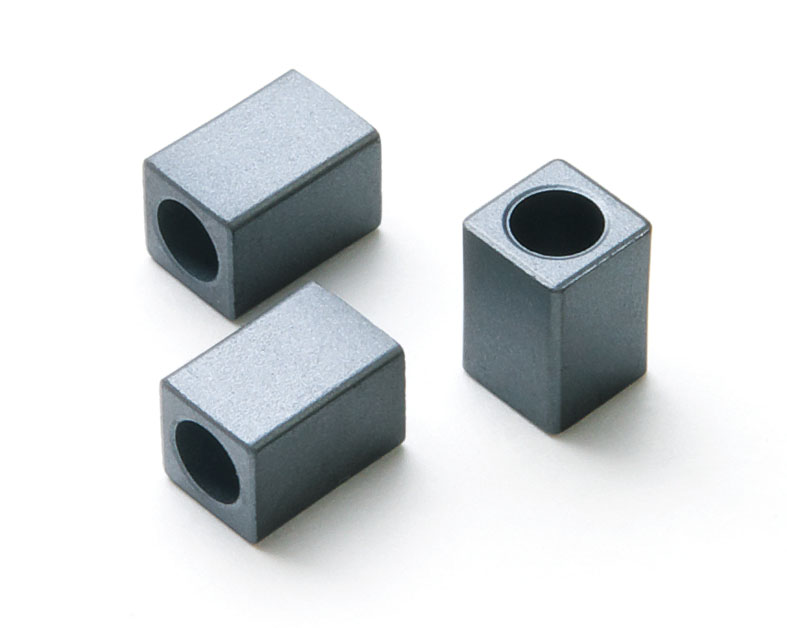Views: 75 Author: Site Editor Publish Time: 2021-03-25 Origin: Site

A ferrite bead is a one-dimensional dielectric whose physical size and electrical characteristic are identical to that of iron. It has two equal sides with a gap between them at its center. Its electrical properties are similar to those of a conductor made of iron, with the exception of the fact that it possesses a small number of electrons between its two faces. These properties enable it to exhibit certain unique electrical properties, including the ability to form an effective electromagnetic field that is used as a control mechanism in various applications. One of its most important applications is found in RFID systems, where it plays an essential role in the processing of data to provide a better means of identification and tracking.
A ferrite bead uses a ferromagnetic bonding process called the Polarity Interference Technique (PIT), which involves passing a series of high-pulse electric currents through it in order to excite its surface area. Because of the unique characteristics of the material, a unique set of frequencies is generated in the process, which results in interference with certain wave frequencies produced by other devices. The resulting effect provides a much more accurate and reliable means of identifying a particular object, according to its position in space. The use of such technology is particularly useful in RFID applications in which the objects to be tracked must be scanned from a specific location or within a limited range of distance, which has limitations on the range of frequencies that can be used.
The most common application of ferrite beads is in RFID applications. Some RFID applications rely on the use of IRIS or i-q passive infrared techniques, which rely on a passive RFID power-supply that operates within the electromagnetic band. Because this power-supply method cannot emit electromagnetic radiation, there is no significant source of noise frequencies produced during the operation. Instead, the RFID power-supply interacts with the ferrite beads and the materials they are made of, emitting the necessary radio signals for the identification and tracking of the items. Because of the minimal level of noise emission, this method of RFID power supply is often more cost effective than other passive RFID power-supplies.
An alternative to the passive RFID power-supply method is the conductive power-supply, which operates at higher strengths and in stronger frequencies. The most common applications of the ferrite beads are RFID tag readers, proximity cards, proximity switches, pushbutton cards, etc. Because the RFID signals generated by the ferrite beads have a much higher power-carrying capacity than the signals produced by the RFID tag readers and proximity switches, these devices tend to operate at higher strengths. This allows them to withstand strong RF signal levels (up to 400GHz, according to some applications), which are necessary for the successful operation of these devices.
Another important application of the ferrite beads is the high-frequency detection of the magnetic field that emanates from a moving object. Ferrite has high electrical and magnetic conductivity properties that make it a good conductor of electricity, and a magnetic sensor. Some ferrite materials also have electromagnetic absorption that can be detected by the magnetometer. Thus, these devices provide a platform for the detection and localization of human motion and interaction with the environment.
RFID applications using the ferrite beads can also use the 100 mhz frequency range. The highest achievable resistance level for the ferrite material is approximately 0.15 ohm/cm, and this level is well below the frequency limits for most other objects. However, because RFID is a sensitive technology, the use of objects with extremely low power-conducting properties, like ferrite beads, may lead to short circuits at elevated frequencies. Therefore, it is necessary to determine whether the selected RFID application is operating within the frequency ranges that the device will operate within, or whether the application requires an object with significantly higher power-driving abilities.